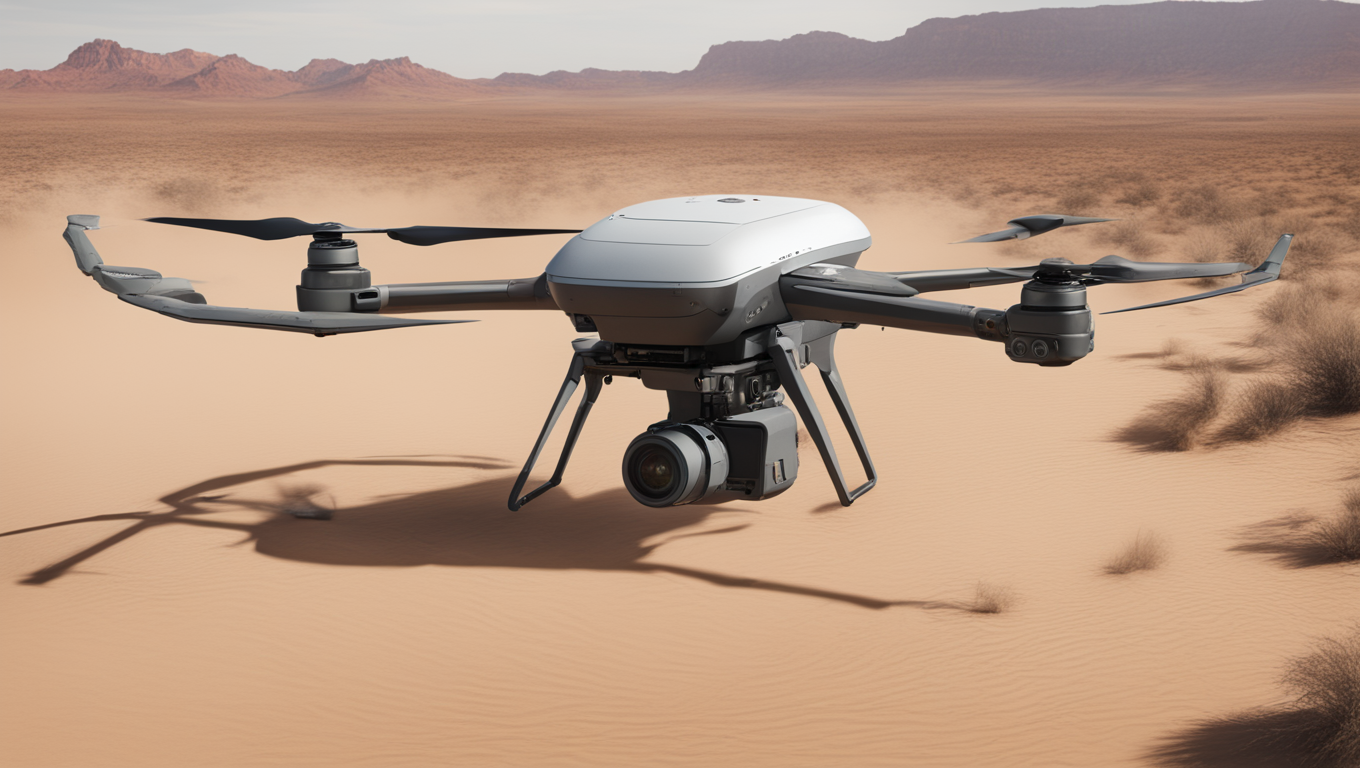In a testament to the rapid advancements in artificial intelligence (AI), the United States has reportedly utilized machine learning technologies to identify targets for airstrikes in Iraq and Syria. Schuyler Moore, the chief technology officer for US Central Command (CENTCOM), revealed that computer vision was used to identify potential threats. This groundbreaking development showcases the growing role of AI in modern warfare and highlights its potential to enhance military operations.
“We’ve been using computer vision to identify where there might be threats,” Moore stated in an interview with Bloomberg News. The US military is particularly focused on locating rocket launchers from hostile forces in the region. This AI-powered targeting allows for more efficient and precise airstrikes, minimizing collateral damage and reducing the risk to US personnel.
The recent airstrikes, conducted on February 2, targeted positions of pro-Iranian groups in border areas of Iraq and Syria. According to CENTCOM, more than 85 targets affiliated with the Quds Force of Iran’s Islamic Revolutionary Guard Corps (IRGC) and related groups were hit. These airstrikes were carried out in retaliation for an attack on a US military facility in Jordan in late January.
The Pentagon reported that the January drone attack resulted in the death of three US soldiers, with over 40 others sustaining injuries. The utilization of AI in targeting not only enables the US military to respond swiftly to such attacks but also underscores the importance of technological advancements in ensuring national security.
The integration of AI and machine learning technologies into military operations is not without controversy. While these innovations offer undeniable benefits, concerns over the ethical implications and potential for autonomous weapons have also been raised. Striking a balance between utilizing AI to enhance military capabilities and adhering to ethical guidelines and international laws remains an ongoing challenge.
Nevertheless, the utilization of AI-powered targeting demonstrates the significant strides made in incorporating machine learning into military strategy. This development aligns with the growing trend of AI’s integration across various sectors, from healthcare to finance. As technology continues to advance at an astonishing pace, the role of AI in shaping the future of warfare is becoming increasingly apparent.
Moore’s revelation sheds light on the intricate workings of modern warfare and the multitude of factors involved in decision-making. It highlights the synergy between human expertise and AI capabilities in ensuring effective military operations.





Use the share button below if you liked it.